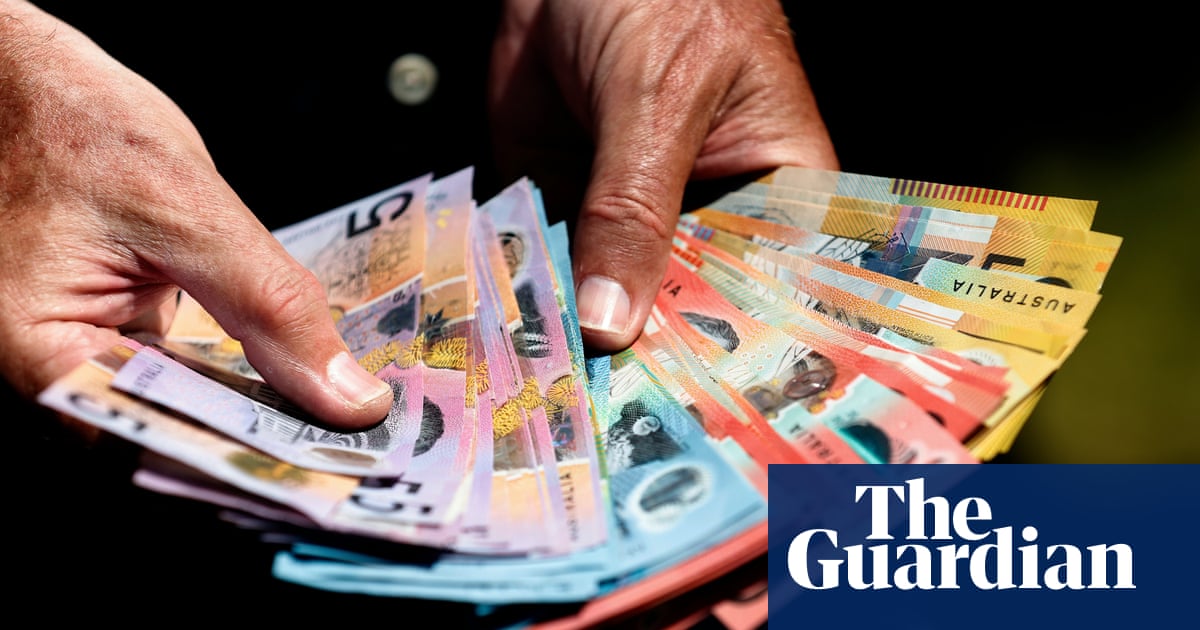The share of mortgage holders spending more than they earn has fallen to its lowest level since 2022, but the Reserve Bank of Australia has urged banks to keep lending cautiously to protect the housing market from vulnerabilities.
One in 20 owner-occupiers on variable-rate mortgages spent more than they earned in mid-2024 but that figure was now about one in 30, according to the RBA’s latest review of Australia’s financial stability.
“The share of households who have fallen behind on their mortgages has broadly stabilised at pre-pandemic levels,” the report said, while warning Victoria was the state under most mortgage pressure in the country.
A slowdown in trade with China and a potential buildup in household debt were among the cited risks that could derail Australia’s return to pre-pandemic stability.
The RBA was nonetheless confident Australian banks could weather a slowdown.
“The banking sector is well placed to manage losses and keep lending if there was a severe economic downturn,” the review read.
It flagged, however, that banks needed to remain cautious about who they lend to and how much, in case households took on too much debt or investors pumped too much borrowed money into housing.
Further cuts to interest rates could produce over-inflated house prices amid a surge in borrowing if interest rates continue to fall, the review warned. It noted “very sound” lending rules, including the serviceability buffer, had protected the housing market from vulnerabilities.
That serviceability buffer could be cut under a Coalition government, after the opposition flagged it would relax the home lending rule if elected in a bid to improve housing affordability.
The report was released on Thursday, hours after Australia was hit with a 10% tariff on all imports to the US as part of a global tariff regime imposed by Donald Trump.
The fall in share of mortgage holders spending more than they earn to one in 30 or 3% has come six months earlier than previously predicted, helped by the stage-three tax cuts and easing inflation. A further slide to 2% is expected by the end of 2025.
Victorian mortgage holders were among those Australians under the most financial stress, which the RBA attributed to their larger loans and smaller savings buffers.
after newsletter promotion
Victoria was also the only state or territory where the share of households running 90 days late on debt repayments had not substantially declined.
The report was drafted before the RBA board’s Tuesday decision to hold its key interest rate at 4.1% and Trump’s tariff proclamation, which included a 34% lift on Chinese-origin imports.
But the report foreshadowed heightened tariffs may slow economic activity in Australia and cause inflation to rise.
“Rapid shifts in trade and fiscal policies could alter the trajectory of global growth and undo some of the progress on inflation,” the report read.
The review pointed to the risk that trade uncertainty could make global borrowing more expensive and discourage Chinese customers from buying Australian goods, as well as forcing a significant increase in China’s government spending and debt.
